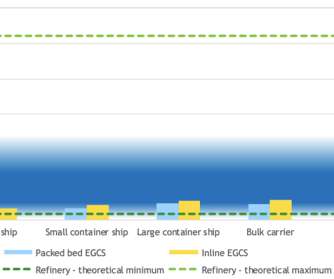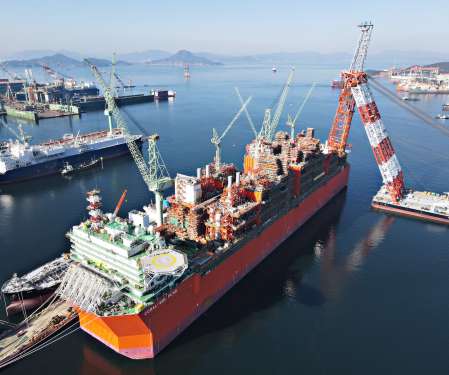Chalmers study finds ship exhaust gas scrubbers responsible for up to 9% of certain hazardous emissions into Baltic Sea
Green Car Congress
OCTOBER 24, 2022
New research from Chalmers University of Technology, Sweden, finds that the discharge water from ships’ exhaust gas treatment systems—i.e., Comparison of loads (kg/year) of PAHs from direct discharges from ships and atmospheric deposition to the Baltic Sea. Ytreberg et al.



















Let's personalize your content